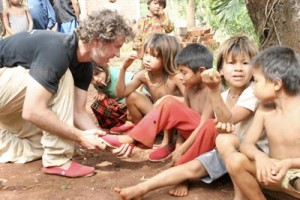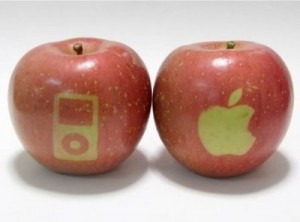http://www.ediblesadvocatealliance.org/local-food—agriculture-business-blog/
After reading “The Local Food and Agriculture Business Blog” It has brought on a new prospective on my thought of food and business. A typical person would generally relate business with office type jobs, accounting and marketing. However, this blog relates business with agriculture, particularly on farmers. The importance of farmers is beyond what we would think. As a quote from Jim Rogers states, “we don’t need more bankers, what we need are more farmers.” Realistically, the economy would not be able to function without farmers. The inputs for a business like a restaurant solely rely on raw ingredients to provide outputs (food) for customers. The economic cycle would be disrupted or even stop functioning without the agriculture industry. Therefore, farmers are extremely important to the business world today. They will be even more highly valued in the future. As the population rapidly increases demand for goods will also increase and as a result, the agriculture industry will be crucial to the sustainability of the economy. Making big money doesn’t just mean working at a bank because the salaries of farmers are going to increase dramatically.














